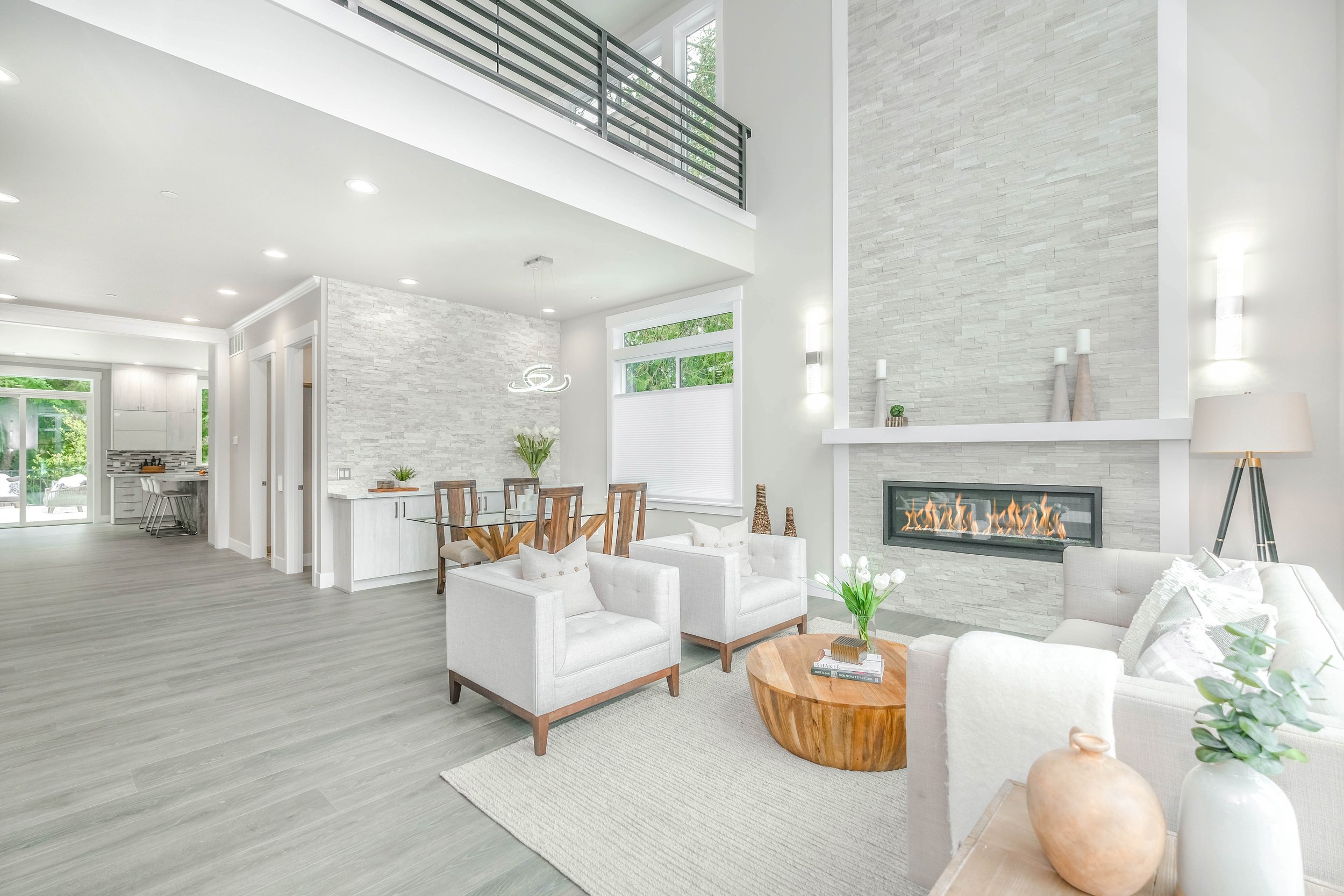Pets don’t only leave their marks on your heart; they leave them all over your home.
While they’re excellent cuddle buddies, they’re also excellent at leaving behind scratches, stains, and furry tumbleweeds. Here are some must-know tips for pet-proofing your space to keep it feeling like your sanctuary.
1. Use a Pet-Proof Trash Bin
What’s that smell? It will NOT be the apple core you discovered buried in your dog’s bed this morning if you invest in a pet-proof rubbish bin. Be sure to get one that locks: Pets are sneakier than you might think, and many won’t think twice about knocking over the trash can to score a snack. These bins often have odor neutralizers for extra stink protection, too.
2. Make Your Wall Paint Work Harder
When we think about pet-proofing our homes, our walls don’t immediately come to mind. But they should! Think about all of the scuff marks your pets make on your walls: the spot where the dog crate touches the wall; the buildup of cat dander on your baseboards; the part of your bedroom door your dog always bumps when he brushes by. Washing scuffs and stains is easier when you have the right paint: Benjamin Moore Regal Select Interior Paint. It’s perfect for busy living spaces because it’s washable and durable, so you can stop stressing about how to keep your walls looking so spectacular.
3. Protect Your Furniture with Pieces That Complement Your Style
Once upon a time, pet products looked like, well pet products. Now, brands realize pet parents want items that fit seamlessly into their homes — ones you’re comfortable cozying up on and don’t have to put away before guests come over. No more settling for ugly plastic chair covers or ill-fitting sofa covers to protect your prized furniture pieces. It’s easy to find stylish dog crates, washable linen couch covers, and even rugs you can toss in the laundry.
4. Create Pet-Friendly Zones
Even in small spots, providing pets with their own areas can save you from big headaches. Scratch posts provide cats an alternative to shredding the coveted womb chair you saved up for. Similarly, giving dogs their own beds with toys they can cuddle or chew keep them from getting curious about how your customized headboard feels against their fur or what that sofa leg tastes like.
5. Cover Your Windows
It’s sweet that our dogs want to alert us each time a squirrel scurries across the lawn, someone delivers a package, or their four-legged buddy cruises by on a walk. However, these announcements can be disruptive — and if you’re not home to reassure them that everything is okay, they may spiral into a fit of destructive anxiety. Curtains and blinds help reduce doggy distractions, whether you’re trying to concentrate on a work call or want to give your pup extra peace of mind when you’re not home.
Get more like this on Apartment Therapy.
Related Links
Ready to Invest in Luxury Real Estate? Here’s 4 Things You Need to Know
America’s Hot Mess of a Housing Market Just Got a Little Bit Uglier—Here’s Why
If there is a home that you would like more information about, if you are considering selling a property, or if you have questions about the housing market in your neighborhood, please reach out. We’re here to help.






